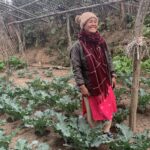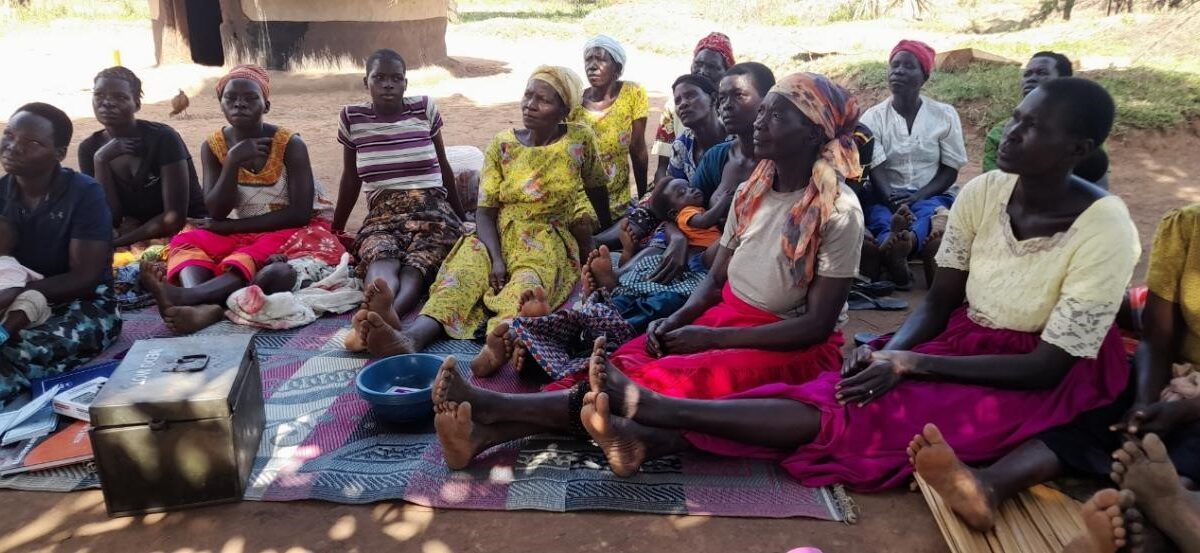
Tanzanian Students Drive Climate Action Through Tree Planting
November 6, 2024
Our Kitchens Turned Into Hospitals for Our Health
November 22, 2024How Community-Based Capital is Transforming Development Across Africa

By Kate Schecter
International development has long been driven by the urgency to effect rapid change. Funders—be they governments, foundations, or NGOs—invest millions in initiatives aimed at producing measurable, near-term impacts. However, the fundamental practice of capital accumulation, of saving and building resources over time, often goes overlooked.
While swift accountability through spending metrics makes sense, this short-sighted approach neglects the longevity needed for communities to build stable financial foundations. In truth, effective development isn’t merely about distributing resources; it’s about fostering financial independence and sustainability from the ground up.
A prime example of this is microfinancing, popularized by the Grameen model, which offers small loans at accessible interest rates. While initially promising, microfinancing has revealed critical flaws. Struggling borrowers, unable to make timely payments, often resort to further borrowing, trapping them in a vicious cycle of debt. Ironically, some small banks that offer these loans charge high interest rates, exacerbating the problem. What was intended to alleviate poverty can, in practice, mire borrowers even deeper in it.
An alternative approach with a growing track record of success is the community-driven savings and credit group model. In this structure, participants collectively pool resources to lend within their community or invest in local enterprises. Today, over 10 million people are estimated to participate in such savings and credit groups globally. This model empowers individuals to decide where their money goes, be it toward starting a small business, supporting their children’s education, or addressing essential community needs.
Many groups invest their pooled resources in projects like wells, schools, or health clinics. For example, in Mali, members of a savings group have pooled funds to purchase a pump to supply water, resources for women’s literacy programs, and supplies for the local school’s management committee. Through these investments, communities can set priorities, build assets, and establish public goods, all while reinforcing a strong sense of ownership.
This ownership aspect is vital. When communities invest in assets themselves, they naturally have a stronger commitment to maintaining and benefiting from them. This contrasts with the impermanence of aid-driven projects, which often lack local support after the initial external investment ends.
The effectiveness of these community-based models has led to growth that sometimes requires the formation of larger cooperatives. In these cases, community groups not only pool funds but also gain essential skills in accounting, marketing, and public advocacy. This cooperative approach expands the potential of the group to manage more ambitious projects and scale their impact.
Here’s how international development organizations can better support these community-based savings and credit initiatives across Africa.
Entrust local management: Allow participants to take ownership of their funds and their management. This autonomy ensures the group’s sustainability once outside funders withdraw. In Kenya, 800 farmers from savings and credit groups united to form the Kitui Enterprise Promotion Company Limited. The cooperative established a factory that processes mango products—juice, powder, chips, and fortified powder—for local sale, with ambitions to expand to broader markets, including Nairobi.
Include both genders: Integrating both men and women helps dismantle long-standing gender biases, enabling more equitable economic opportunities. In Burkina Faso’s Garango district, savings groups comprising both men and women have distributed over $500 in loans—a significant sum in rural Africa. The increased agricultural output not only feeds families but also generates income from sales. The group members, many of whom are newly literate, now have skills in basic financial calculations and bookkeeping, further enhancing their economic agency.
Partner with banks, on community terms: Unlike traditional banks that impose high interest rates, community-based programs set manageable rates and offer support for those unable to meet their obligations. As groups grow their capital, they can evolve into cooperatives functioning like community banks. Kenya’s Akukuranut Development Trust, for instance, has grown from a small savings group into a sizable financial cooperative with a capital base that rivals some commercial banks. Despite its size, the cooperative’s roots in community-based values allow it to maintain low lending rates and support members facing financial difficulty.
Embrace long-term commitments: Building substantial capital takes time, necessitating long-term involvement from development organizations and funders. Patience is essential, much like tech investors who wait years to see returns. Short-term metrics often fail to capture the true progress in impoverished communities, where autonomy, dignity, and community cohesion are just as important as income and output. These “soft” achievements are, in fact, foundational for both economic development and social stability.
Savings and credit groups flourish when integrated within a broader framework of community development that includes health, sanitation, education, and agriculture. Community-driven development is not a quick fix, but an enduring one. It emphasizes not only savings but also the strategic deployment of funds for communal growth. From Kenya to Burkina Faso, Uganda to Mali, the evidence is mounting: local capital accumulation is key to enabling African communities to thrive on their own terms, without dependence on external aid.
This article originally appeared on International Policy Digest on November 8, 2024.

